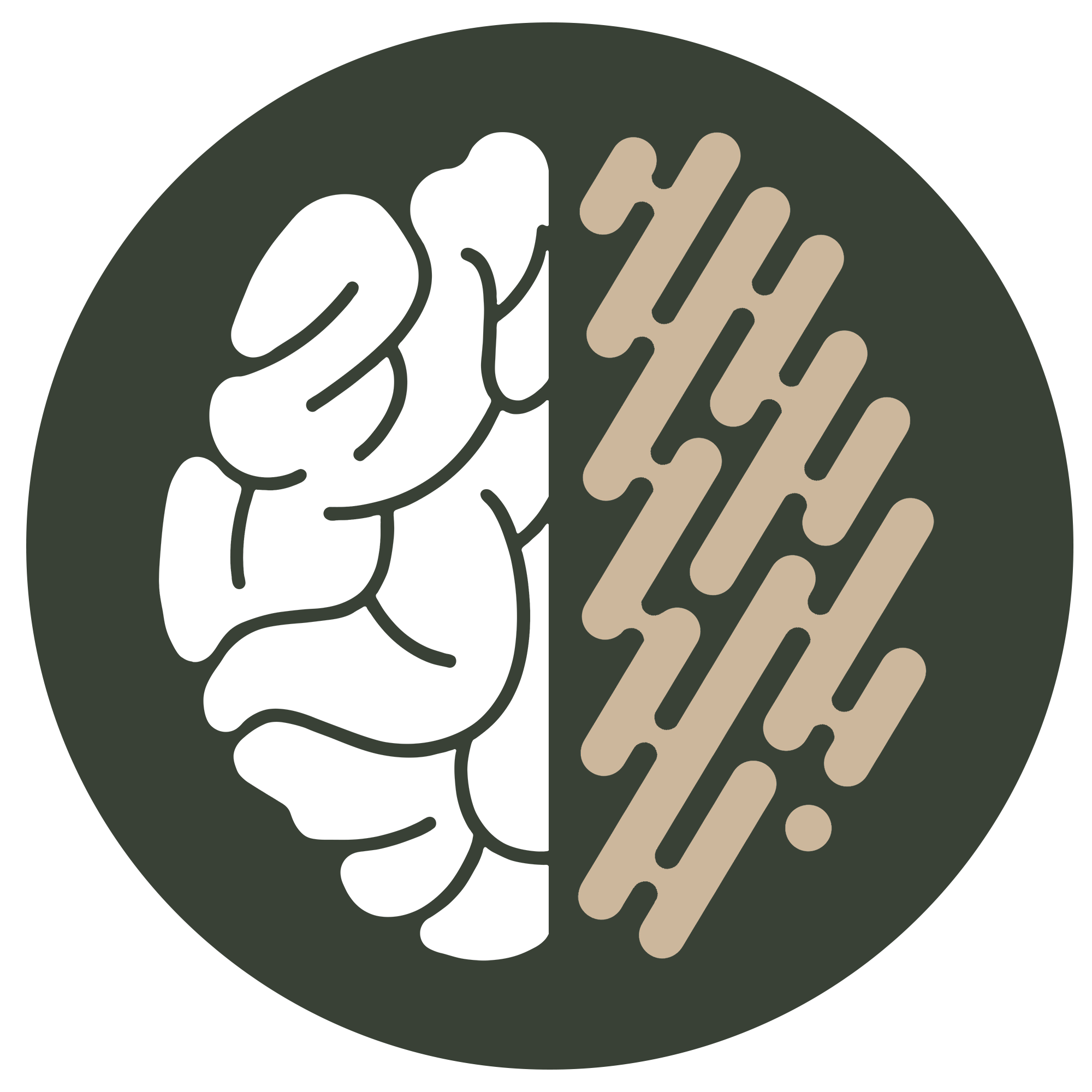The Untapped Advantage Inside Your Organisation
In today’s complex and fast-moving business environment, leaders are constantly seeking ways to stay ahead. But what if one of your organisations most valuable advantages is already on your payroll, unseen, under-supported, and undervalued? That’s the opportunity many are missing. The business case for neurodiversity isn’t about meeting a quota or ticking a diversity box, it’s about creating workplaces that enable all employees to thrive, and in doing so, unlocking greater innovation, adaptability, and competitive edge.
Neurodivergent individuals, including those with autism, ADHD, dyslexia, dyspraxia, and OCD, make up an estimated 15–20% of the global population. In the UK, around 17% of the workforce is neurodivergent. These professionals are already solving problems, analysing data, leading teams, and engaging clients in your organisation. Research from Deloitte shows that cognitively and demographically diverse teams are up to 30% better at spotting risks and 20% more innovative, thanks to broader perspectives and more effective collaboration. . At SAP, a neurodivergent employee developed a solution that not only streamlined operations but delivered $40 million in savings, a tangible return on diverse thinking.
Neuroinclusion enables organisations to anticipate change, adapt faster, and lead with confidence. In short, neurodiversity is not just about inclusion, it’s your competitive advantage. The question is: are your systems set up to harness their full potential?
The Business Case for Neurodiversity
Organisations are beginning to see the tangible benefits of neurodiverse teams and meaningful neuroinclusion. But those leading the way aren’t treating it as a standalone initiative, they’re embedding it across culture, leadership, policies, and practices. The result? Measurable gains in performance, innovation, and resilience.
Here are four strategic areas where neuroinclusion is already delivering clear business value:
Innovation
Research highlights how cognitive diversity fuels innovation. Neurodivergent professionals often bring unique problem-solving styles, alternative perspectives, and creative insights that challenge conventional thinking.
Where some see constraints, neurodivergent individuals often spot alternative pathways, patterns, or connections that others might miss. Whether it’s an autistic employee identifying inefficiencies through detail-oriented thinking, or someone with ADHD generating bold, rapid-fire ideas in a brainstorming session, neurodivergent minds excel at lateral thinking. They question assumptions, challenge the status quo, and reframe problems in ways that unlock fresh, often unexpected solutions. In an environment that encourages psychological safety and values diverse cognitive styles, neurodiversity doesn’t just complement innovation, it catalyses it.
Take SAP, for example. One autistic employee streamlined a resource-heavy invoicing process, cutting it from several days to just 20 minutes. That kind of breakthrough didn’t just come from thinking differently, it came from being empowered to do so.
Problem-Solving and Risk Management
Many neurodivergent individuals excel in areas like pattern recognition, systems thinking, and attention to detail. These skills are particularly valuable in sectors requiring robust problem-solving and early risk identification.
GCHQ, the UK’s intelligence and cybersecurity agency, actively recruit neurodivergent talent to tackle complex national security challenges. As Jo Cavan, Director of Strategy, explains:
“Neurodiversity is key to keeping Britain safe. At GCHQ, some of our most talented and creative people have a neurodiverse profile – including dyslexia, autism, dyscalculia, and dyspraxia. Having a diverse team and a mix of minds better equips us to carry out our mission and tackle new and emerging threats posed by terrorists, criminals, and hostile states.”
Resilience and Adaptability
In a rapidly changing world, organisations need teams that can pivot and respond creatively to new challenges. Neurodivergent team members often bring fresh approaches that help teams move more nimbly and problem-solve more thoroughly.
EY found that teams with neurodivergent employees saw a 1.2 to 1.4 times improvement in productivity, quality, and output timeliness. This wasn’t just due to individual performance, but because diverse teams approach problems differently, and more effectively.
Culture and Retention
A neuroinclusive culture signals a deeper commitment to equity, which strengthens organisational health. According to the CIPD’s Neuroinclusion at Work Report 2024:
- 63% of organisations saw improved employee wellbeing
- 52% reported higher engagement
- 40% experienced better retention
When neurodivergent employees feel seen, supported, and empowered, they contribute more fully, and stay longer. It’s a win for people and performance alike.
From Good Intentions to Business Strategy
Most organisations still view neurodiversity through an inclusion lens alone. While that matters, it misses the broader point. Neuroinclusion isn’t just a social good, it’s a competitive strategy.

When supported effectively, neurodivergent professionals don’t just complement existing teams, they expand what those teams can do. They challenge assumptions, resist groupthink, and bring new pathways to old problems.
But good intentions aren’t enough. Without structural inclusion, accessible processes, neuroinclusive design, and psychologically safe cultures, even the most talented individuals will be sidelined or opt out.
It’s not whether neurodivergent people are in your workforce. They are!
The real question is whether your organisation is equipped to support them, and benefit from everything they bring.
Because the business case for neurodiversity is no longer hypothetical. It’s here, it’s measurable, and it’s essential for organisations that want to lead, not just follow.
Explore what it looks like to embed neurodiversity into your organisation’s core. What Meaningful Neuroinclusion Looks Like, and How to Lead It





